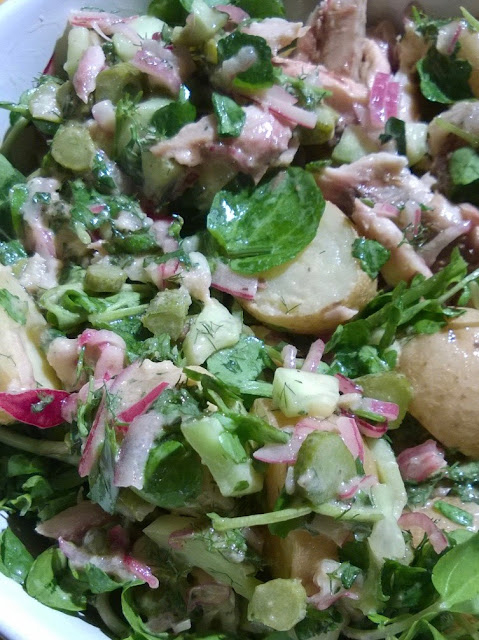The canned fish Renaissance
In recent years canned fish has gone gourmet in Portugal. Specifically in the major cities of Lisbon and Porto, several gourmet shops (conservarias) have been popping up all over the city, not just selling your typical gastronomic souvenirs, but also revamped, quality brand canned fish, wrapped in delightfully artistic packaging and boxes. Who could resist?!

Both the Portuguese and Spanish have had a long tradition of canning and preserving fish, but the way that they feel about it can vary. In general, both agree that canned fish is an easy and inexpensive meal, especially due to its high quality. And in general, both the Portuguese and the Spanish like to consume canned tuna on a regular basis, often used in appetizers, salads, Spanish tapas and even on pizzas. Since canned fish tends to be more expensive in Spain (due to logistics, transport etc.), the Spanish tend to view it with higher regard, many considering the most expensive brands such as ORTIZ as a delicacy. However, for the Portuguese, despite the recent canned fish renaissance on the gourmet market,most people view it as a “poor man’s food”

So it will be a sorry day when Old Mother Hubbard, alias me myself and I, goes to the larder and discovers that there is not a single tin of fish to be found therein.The cupboard is bare, but if the fishing industry continues to empty the seas at the current rate ,that may well be the case. The thing is, the kind of small, oily fish,sardines, anchovies, mackerel, that fit so willingly in tins and jars are the very species that, if managed properly and fished more responsibly, could continue to feed us sustainably well into the future. If however, we continue to hoover them up by the millions of tonnes, catch them out of season, and process more than half of them into animal feed and fertilisers, then stocks will run out.There is no taboo about tinned fish.The history of canned food is the story of civilisation itself.The development of preserved food enabled explorers to map unknown territories,facilitated the conquering of new lands and created routes for the expansion of trade and the exchange of knowledge and culture which opened up our world.
Something worth thinking about next time you are navigating the waters of the canned fish aisle, the 'ultimate' canned fish in terms of health value is the sardine.Eating tinned sardines in tomato sauce provides plentiful nutrition and protein.There are also lots of small bones so you are also getting added calcium in your meal. If it is tinned in tomato sauce, you are also getting the benefits of lycopene - another cancer fighting nutrient.'A simple spring store cupboard supper can be achieved with just one tin of mackerel, new potatoes, watercress, radishes and an array of seasonal herbs.This is a good way of getting your omega-3 oils!






Comments
Post a Comment